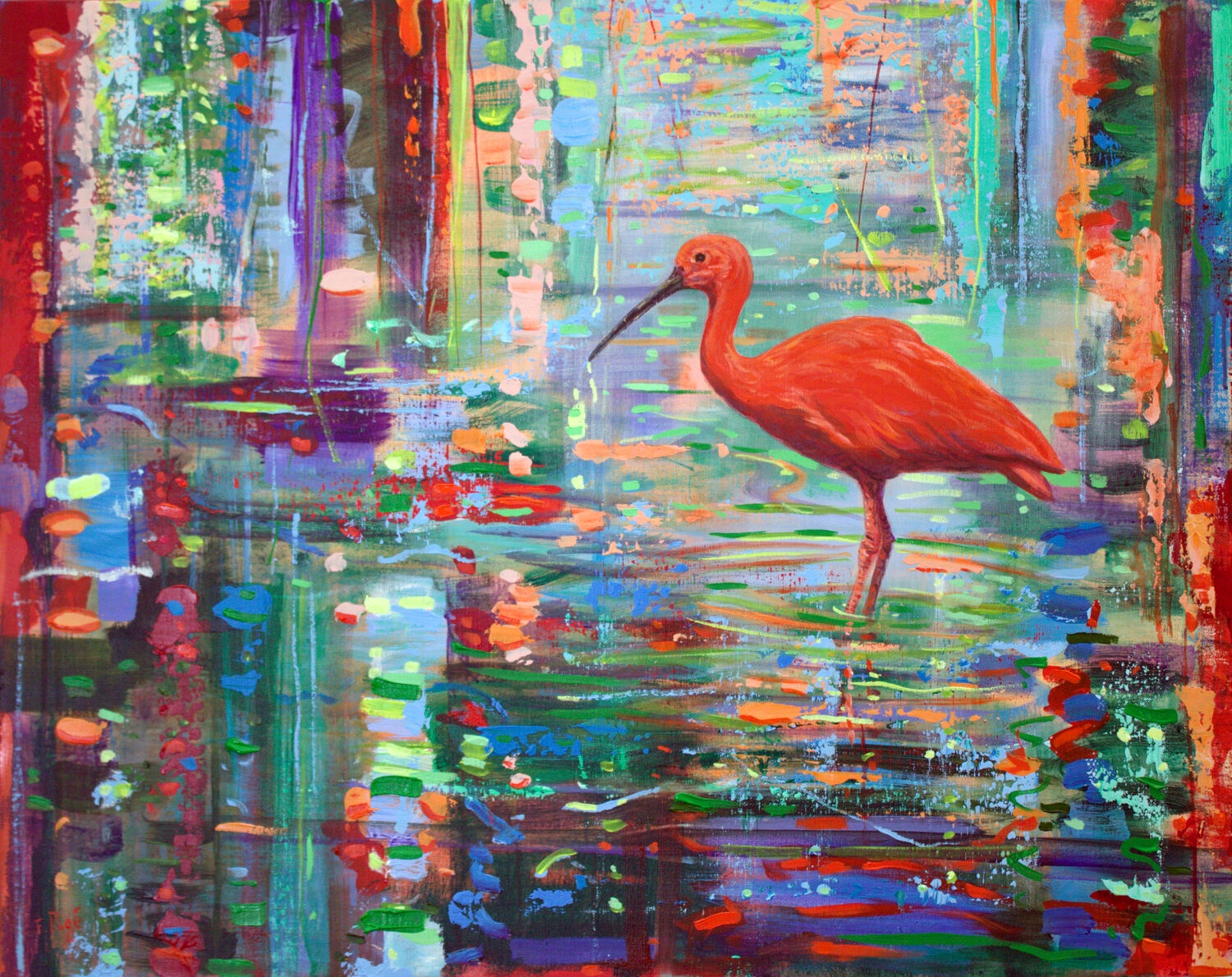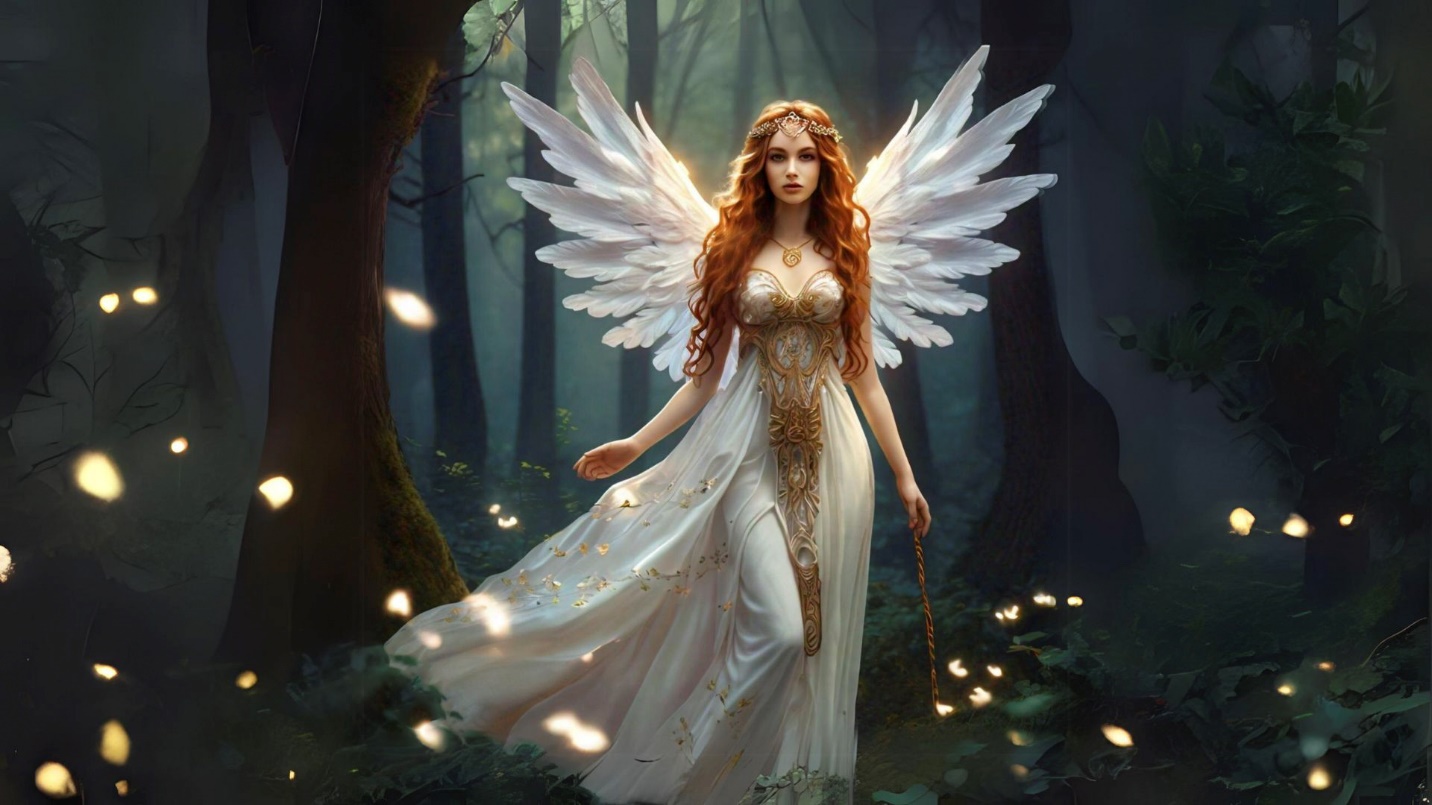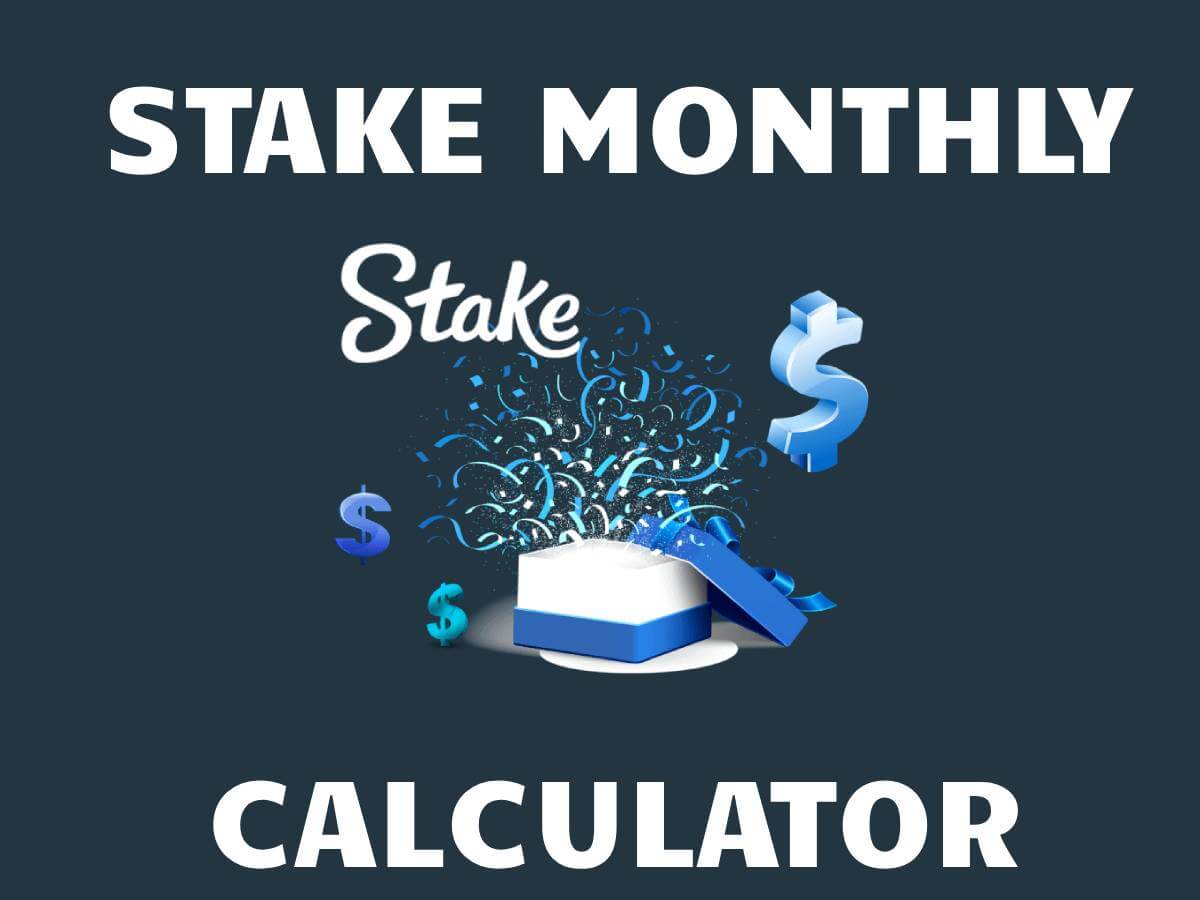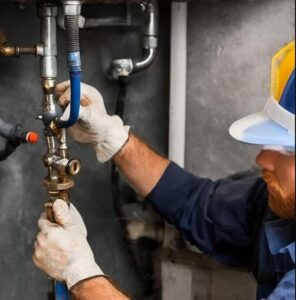Understanding the Unique Appeal and Value of Investing in Rare Art: A Guide for Art Enthusiasts
Fine art collectors may invest in pieces for various features, whether they represent specific periods or cultures, are done in a certain style, are reminiscent of famous artistic movements, or were painted by a favored artist. Rare art is coveted by collectors and investors for its scarcity and irreplaceable historical, cultural, and artistic significance. This article will explore the appeal of investing in art and rare paintings.
What Makes Art Rare?
Their uniqueness and limited availability typically categorize rare paintings. These characteristics may apply to many different pieces. An art piece may be considered rare if it is a one-of-a-kind painting by a renowned artist, part of a limited series, regional movement, or historical period that is no longer widely represented in modern art collections. Other features of rare art paintings may have to do with age, provenance, and the artist’s level of fame will also contribute to its significance and value. These factors make rare art desirable to own and make it extraordinarily lucrative to invest in.
Historical And Cultural Significance:
For collectors, investors, historians, and anybody else who appreciates rare art paintings hold great value because of the time and place that they come from. Pieces from famous art movements (such as post-war art) or that depict or respond to historical events offer us a link to important historical moments, which greatly contributes to their significance. For investors, these tangible links to the past are a method of storytelling and can be beautiful reminders of particular cultural narratives. As rare paintings continue to survive, their historical significance and value increase as time passes.
Reasons To Consider Art Investment:
Tangible Asset:
Many ways people can invest their money today involve intangible assets such as stocks, bonds, or cryptocurrency. Rare art pieces are physical assets that can be enjoyed in physical spaces while their value potentially increases. Intangible or digital assets can also be subject to more frequent and significant fluctuations than rare art pieces, whose value will typically change steadily, barring extreme events.
Diversification of investment portfolio:
Including rare art in one’s investment portfolio is a (typically) safe way to diversify assets and reduce overall financial risk. Rare art tends to increase in value over time as it becomes ‘rarer’ due to its age. Modern trends show no changes in people’s appetite for rare pieces, with millions of dollars being spent yearly on art.
Low Or No Correlation To Traditional Market Trends:
Investment in stocks, bonds, or even property makes one extremely vulnerable to market trends and fluctuations, which can be unpredictable and lead to significant losses. Even when insurance or safety measures are in place, it is not likely that one can remain completely immune to a market downturn. Art, however, remains relatively stable in its value despite trends in other markets.
Low Or No Risk Of Price Depreciation:
Provided that rare art pieces are correctly cared for and their condition remains good, they will usually not lose their value like other tangible assets such as vehicles or property can or do after purchase. In fact, rare art is more likely to substantially increase in value over time, especially if it is well cared for.
Acquiring Rare Art Pieces: Tips For Aspiring Collectors:
Like any new potential investment opportunity, navigating the art world can be overwhelming for new collectors or investors. These are some tips for aspiring collectors of rare art:
Work With Reputable And Experienced Partners:
While it could be tempting to start off ‘small,’ it is never a good idea to work with galleries, auction houses, or art dealers that do not have verifiable experience, expertise, and credentials. Especially if you are looking to start a collection of rare art pieces, it will be important for you to understand (and be able to verify) the legitimacy, background, and value of the pieces you are interested in. A trusted partner will be able to offer this information and help you to make informed decisions.
Attend Auctions And Exhibitions:
Familiarizing yourself with the type of art pieces you are interested in will be extremely valuable as you begin your collection and as it grows. Understanding how pieces are procured and valued will expand your knowledge and help you with your future investments.














Post Comment